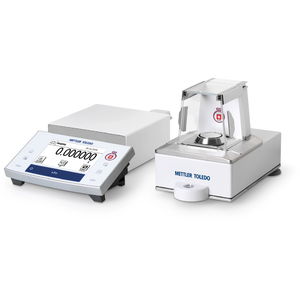Weighing diamonds, gemstones, and precious stones requires an accurate, reliable carat scale. Read further to learn more about diamond weighing applications and how to avoid errors when weighing diamonds and other gemstones.
Diamonds are cherished for their brilliance and sparkle, and the way that they disperse light into all the colors of the rainbow. Diamonds are a popular choice for jewelry and for engagement rings in particular, a tradition that dates back to the 15th century when Archduke Maximillian of Austria gave a diamond engagement ring to Mary of Burgundy. The rarity of high-quality diamonds suitable for jewelry purposes adds to their value and desirability.
Diamonds are a form of carbon in an extremely rigid crystal structure. Over a billion years ago, hundreds of kilometers below the earth's surface, the extreme pressure converted carbon to diamond. Millions of years later, volcanic eruptions brought the diamonds closer to the earth's surface from where they are now mined in various parts of the world. Such rough diamonds are cut and polished to produce the prized glittering stones that are used for jewelry.
Diamonds are the hardest known naturally occurring substance and cutting diamonds requires highly skilled craftspeople. The crystal structure of a rough diamond must be carefully assessed in order to make the right cuts to create a diamond that is the perfect shape and size to fit its intended purpose. The hardness also makes the polishing process extremely slow.
The most valuable diamonds are colorless and have no faults (also known as inclusions). As diamonds were being created, the presence of nitrogen gave some diamonds a yellow tint; a blue tint is caused by the presence of boron. The quality, and therefore the value, of a diamond, is graded on a scale known as the '4 Cs': Color, Clarity, Cut, and Carat. Carat (ct) is the unit of weight for diamonds; 1 carat is equivalent to 200 mg. Due to their size and value, weighing diamonds requires a highly accurate diamond scale.
Gemstones such as rubies, emeralds, and sapphires are produced in the same way as diamonds, and the 4Cs grading scale can also be used to assess their quality. In addition, hue, saturation, and tone are further important considerations of the color.

















